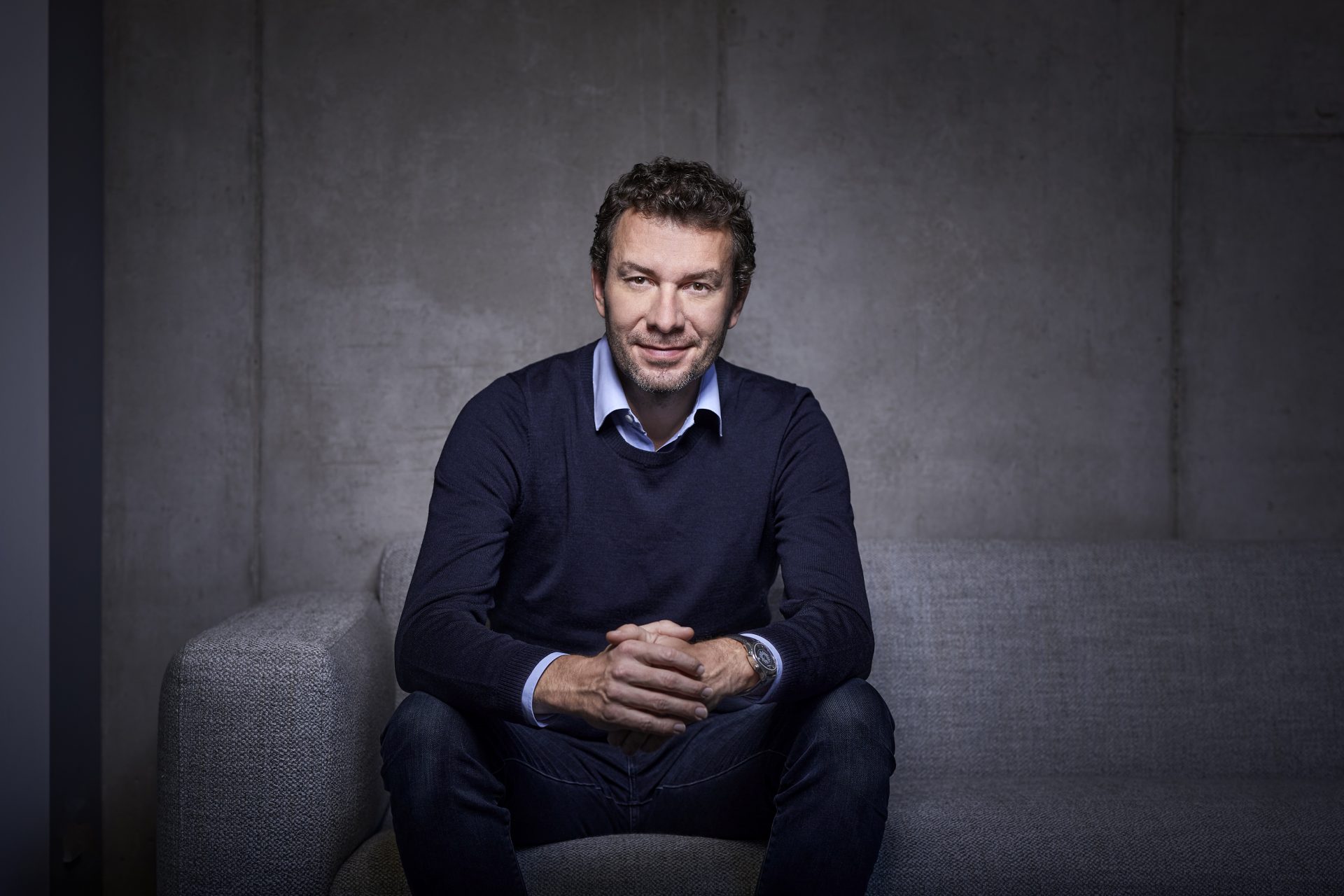A trading frenzy for the rarest or discontinued popular watches peaked at the end of March, around the time of Watches and Wonders in Geneva. Prior to the peak, dealers were driving prices ever higher by selling to each other pieces like the Rolex Oyster Perpetual in several colours, which rocketed in value in Q1 before falling back sharply. The same is true of the now discontinued Patek Philippe Nautilus 5711 and Audemars Piguet Royal Oak Jumbo.
It is worth noting that this part of the secondary market watch ecosystem is like the chocolate sprinkles on top of the froth on top of the cappuccino. Watches in this segment include the likes of the much hyped Rolex Oyster Perpetuals in a range of colours, and which were discontinued at the end of Q1. It also includes steel Daytonas, Nautiluses, Aquanauts and Royal Oaks, which have seen more modest price drops of around 25% since the peak in March.
The froth — slightly more substantial but just as vulnerable to deflation — includes high volume watches like Rolex’s GMTs and Submariners (in fact almost all of the Rolex catalogue right now) and a handful of references from the likes of Omega, IWC, Vacheron Constantin and Zenith. These watches are still selling at over retail prices because there are waiting lists, but they are less volatile.
Waits are not too long in most cases (OK, the Pepsi GMT is still nuts), but they are attainable and therefore people are less willing to pay 3x, 4x even 10x retail to acquire them fast.
Then there is the morass of watches, and here we are talking about the overwhelming majority of references, that can still be bought at a discount on the secondary market.
Thankfully, the discounting is much less dramatic than a few years ago because brands are more accurately matching supply to demand, but punters can still expect to get 10-20% off most watches from most watchmakers.
This was the state of the market, as WATCHPRO saw it, when we sat down with Chrono24’s CEO Tim Stracke.
The Germany-based after market platform has reported top line transactions of around €1 billion per year as recently as 2021, so what is his data dashboard telling him about current and future trends.
WATCHPRO: In the first quarter of this year, the prices for the most sought-after watches rose rapidly and then fell relatively quickly. Was that a bubble that has now been punctured?
Tim Stracke: Yes, we have seen prices drop for some iconic models like the Nautilus, the Daytona and the Royal Oak.
But the prices are still at a very high level, well above their retail prices. It’s a development that we see particularly in the models just mentioned.
The market for hyped luxury watches is cooling off and levelling off at a realistic level. We think this is a good opportunity for many to enter the market and buy watches now.
Prices may even drop a little more, but nobody expects them to fall to anywhere near the retail prices.
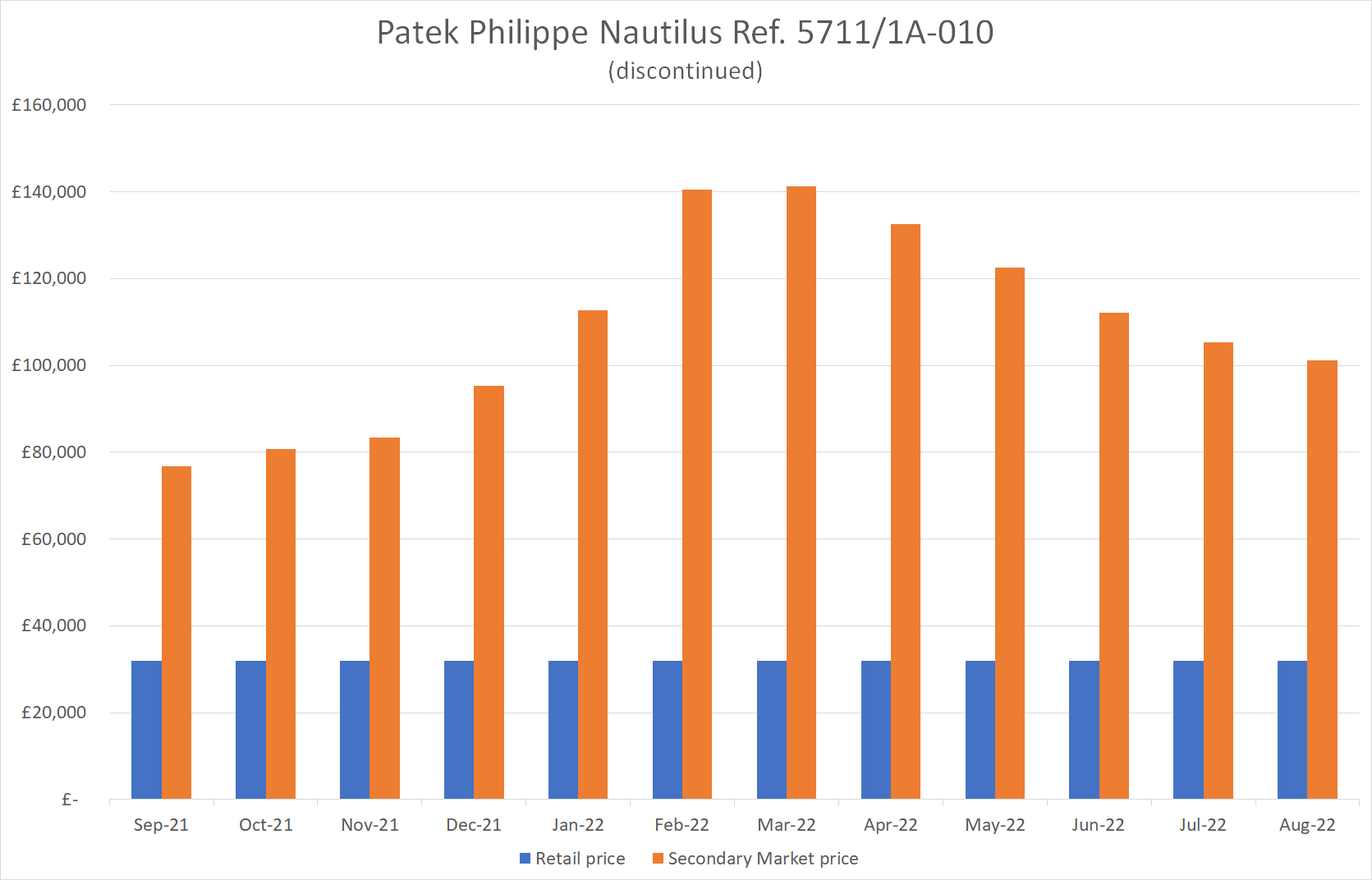
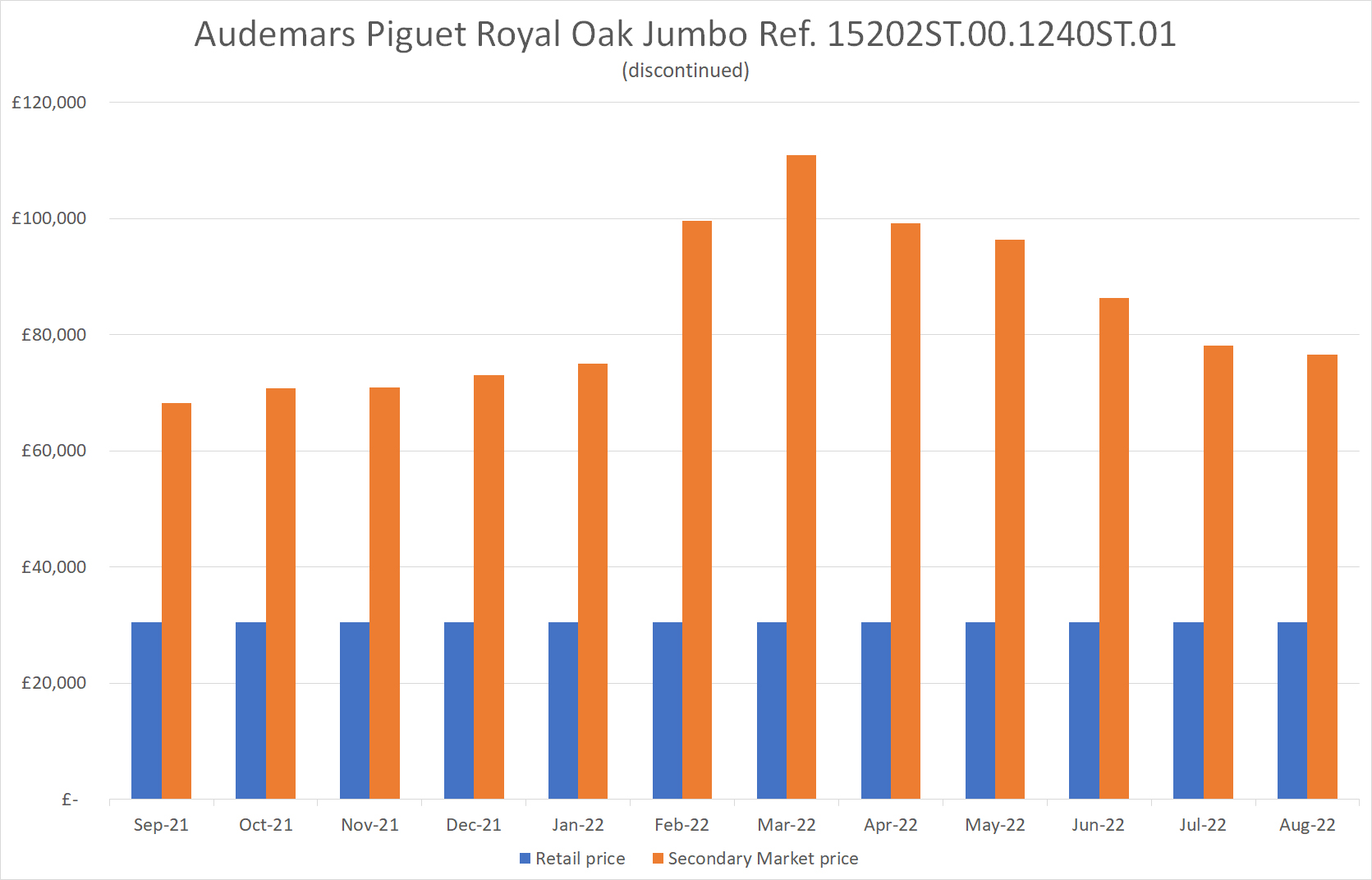
WATCHPRO: So you’re not concerned that the prices of certain watches are going down?
Tim Stracke: No. In the first half of 2022, we had an increase in trading volume of well over 40 percent compared to the previous year. We had a massive spike in buying for the first few months of the year.
June was a little worse than May, but that is seasonal and very similar every year. In June, people go to concerts, restaurants and vacations rather than looking for watches. This affects the entire industry and is not just the case with us.
In July, the trading volume was significantly higher than in the previous month. August will probably be even stronger.
WATCHPRO: Do you see any parallels to the crisis in 2015 in the current developments on the watch market when the Chinese market suddenly dipped?
Tim Stracke: I think that we learned from that time. When the Chinese market for luxury watches declined noticeably and prices in Asia and Europe fell massively, it went so far that Richemont, for example, bought back large quantities of its own watches from its own stores, especially in Hong Kong, in order to prevent a further fall in prices due to the oversupply ending up on the grey market.
Interestingly, as prices fell, so did demand. At the same time, however, it was different with family-run companies such as Rolex, Patek, AP or Richard Mille. Their supply was very tight and demand went up significantly.
We see that more and more brands have learned from this story and are now better able to manage supply and demand, including through retail.
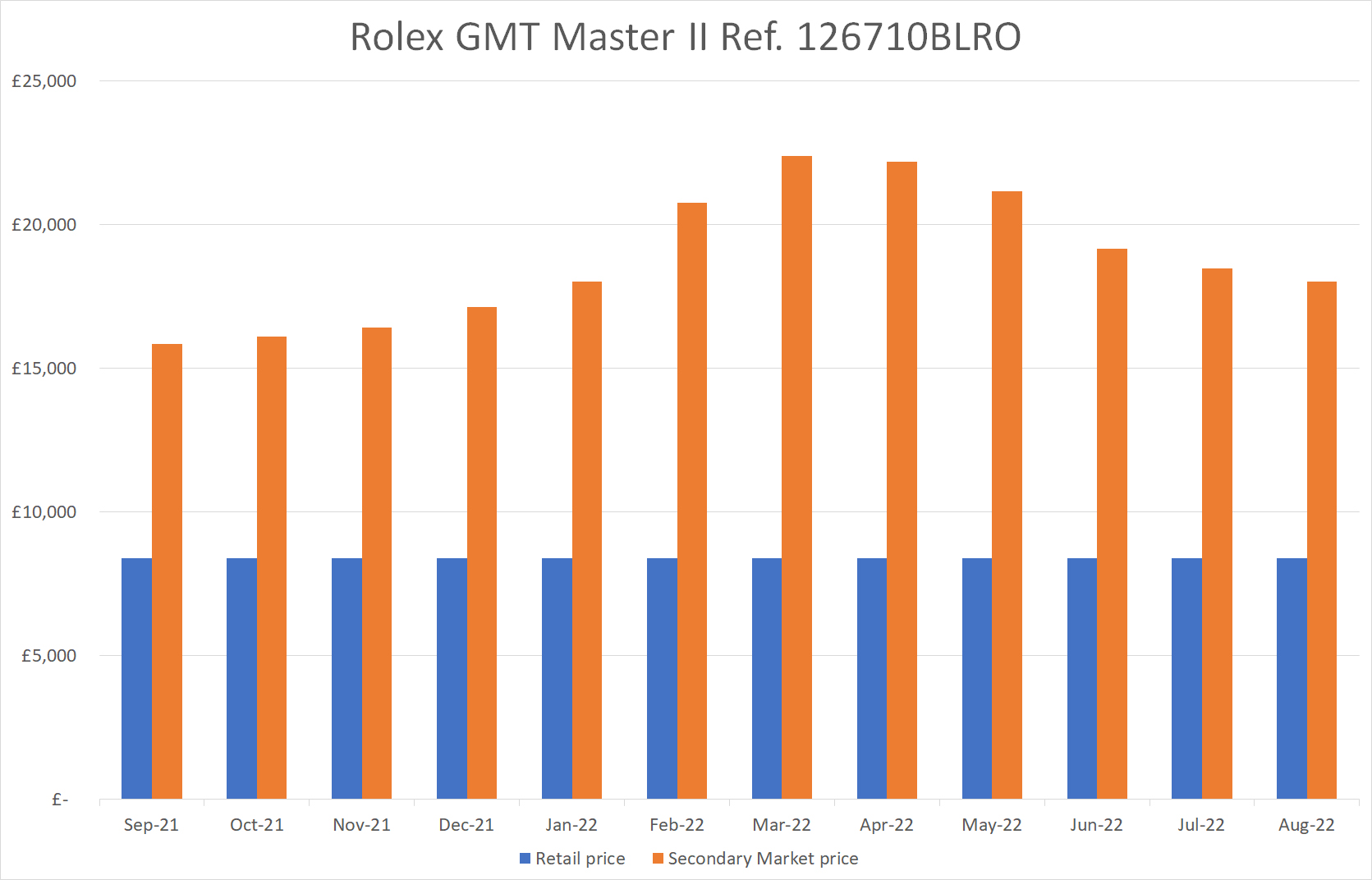
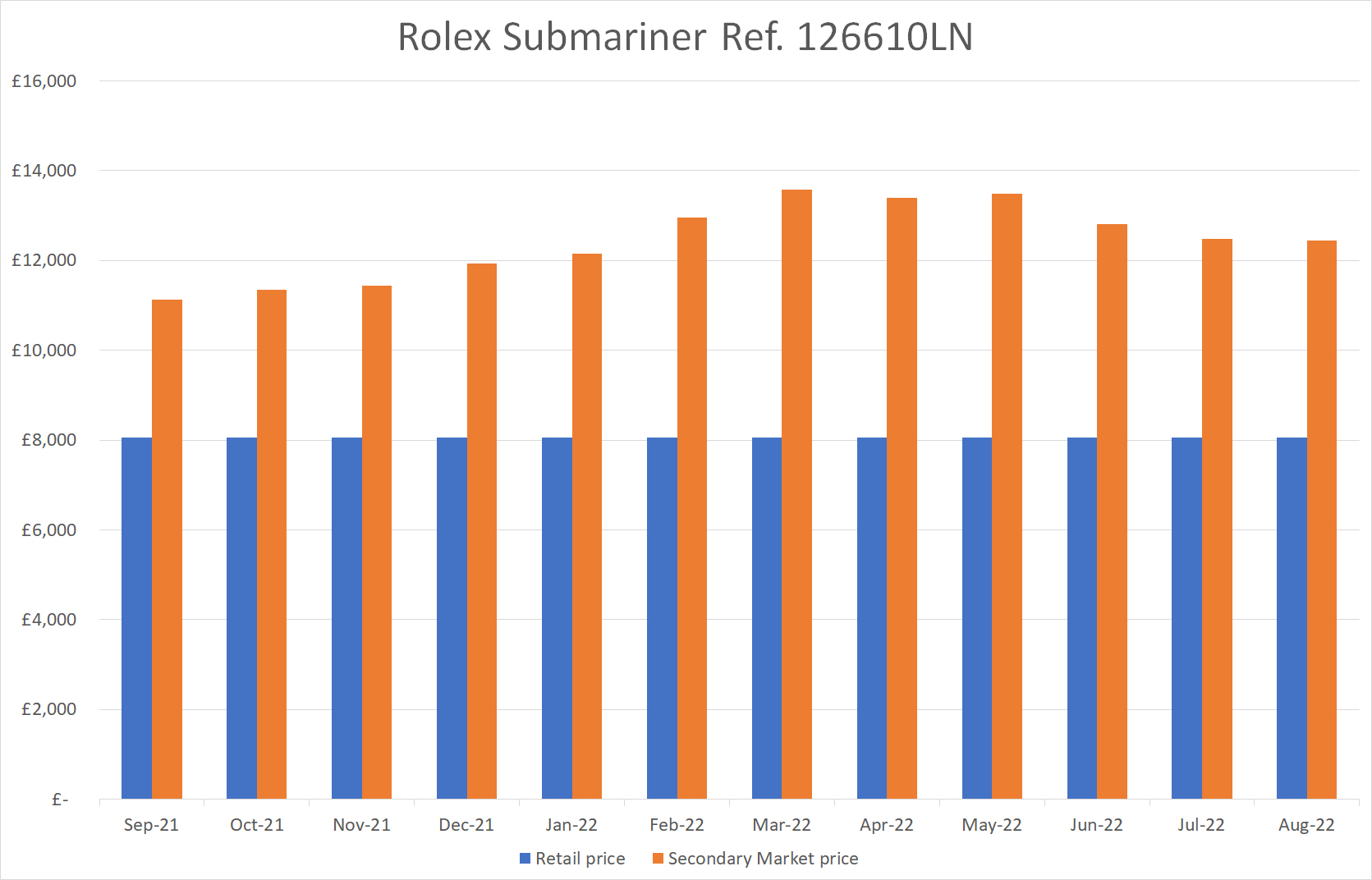
WATCHPRO: It may be possible to reduce supply, but brands like Rolex say it is very difficult to increase it quickly without compromising quality. Soaring demand and fixed supply is leading to the global shortage we see, and the dreaded “Exhibition Only” signs appearing alongside watches in cabinets and windows of authorised dealers.
Tim Stracke: That’s right. Another important point is that we don’t see these massive discounts like we did five years ago anymore. In my view, the luxury watch market is healthier and more stable today than it was a few years ago. Of course there are still discounts on certain models, but my impression is that the market has matured and there is less oversupply.
On the other hand, of course, we see some watches trading at absurdly high prices. But it’s not good for customer satisfaction in the long run, and therefore not good for brands when watches are trading at multiples of retail price.
At first glance, it is of course impressive that there is such a strong demand. But, as a result, customers’ interest turns to other brands. If you can’t get the steel Rolex you want, you buy an Omega. And Rolex won’t want that.
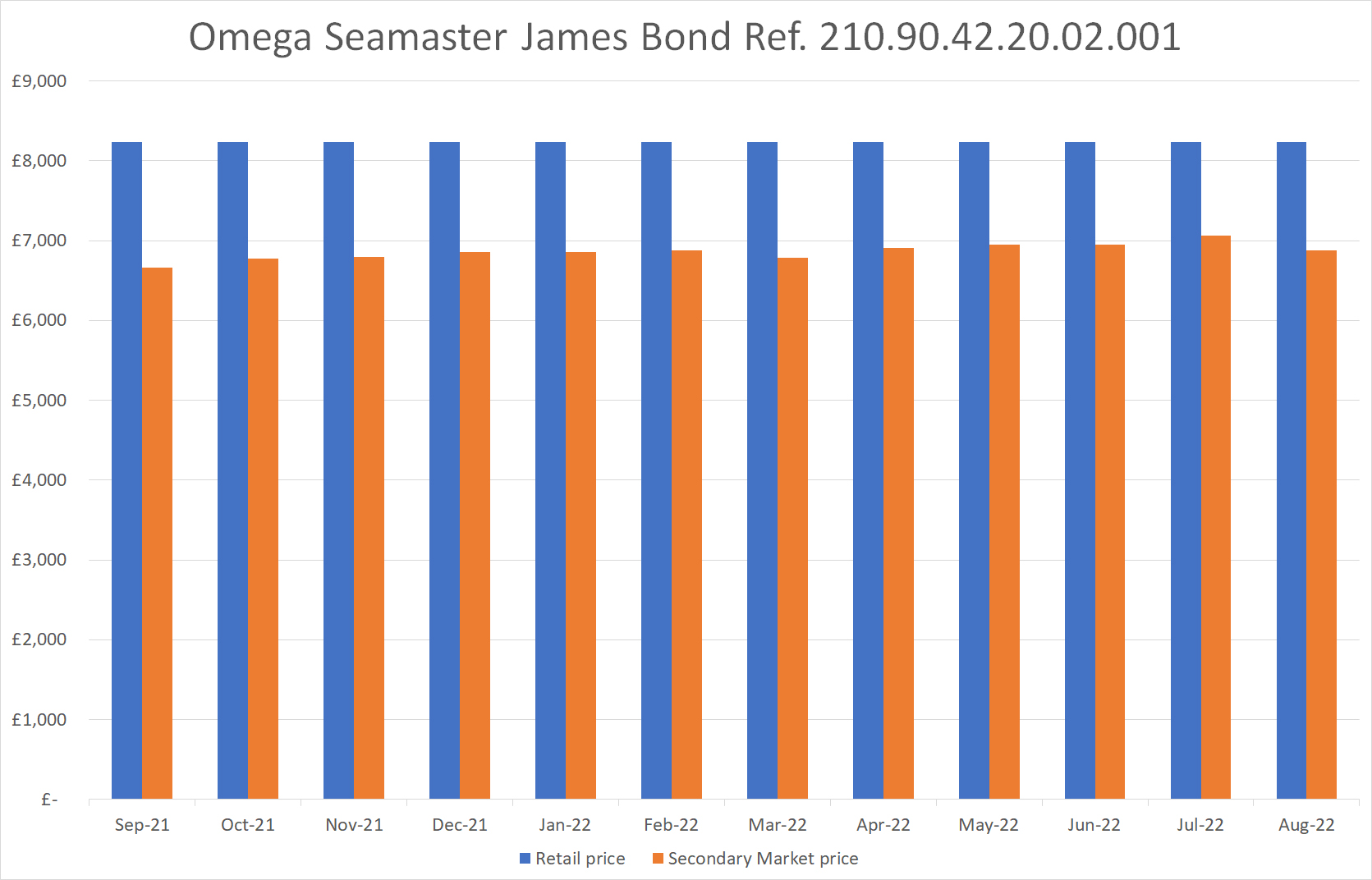
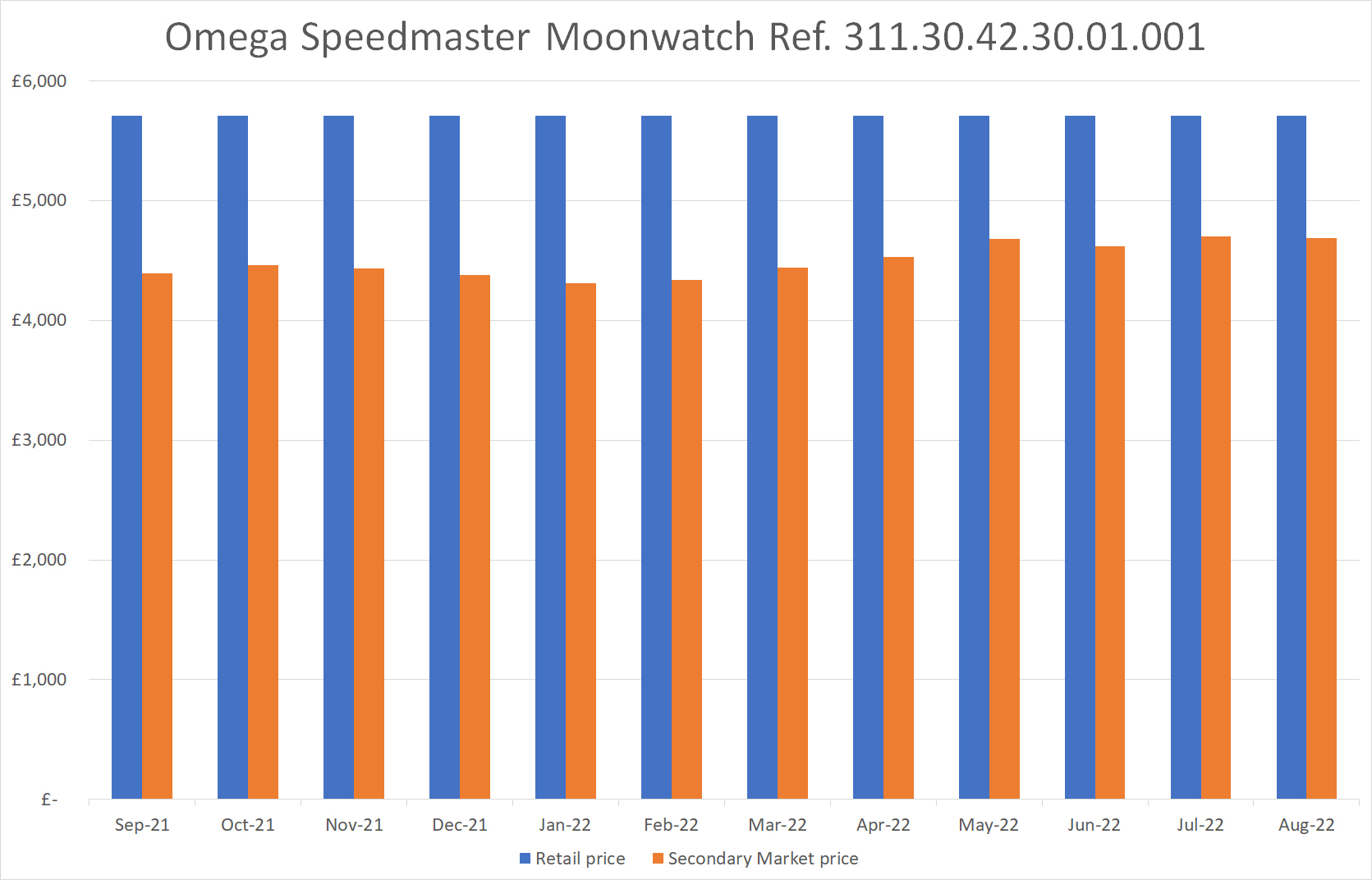
WATCHPRO: I was told after the March/April price correction that business to business trading had all-but seized up because dealers stopped buying and preferred to just sit on stock than sell at a loss. How much of an issue was this to Chrono24?
Tim Stracke: The B2B trading volume is quite low. Sales from dealers to end customers make up around 85% of transactions. These watch lovers usually look at the watch from both aspects: passion for the mechanics and brand, but also from an investment point of view.
However, when we do surveys and ask our users why they buy watches, only a very small proportion answer that it is only about a potential increase in value. The industry and the watch community also do not appreciate it when watches are only seen as an investment.
Nevertheless, the vast majority of collectors and enthusiasts appreciate the fact that the value of their watches lasts or even increases. So it’s always a mixture of both, and that’s why the market for luxury watches is so exciting. It is about great craftsmanship on the wrist, which at the same time is very stable in value or even increases in value.
Even if some watches stay in the safe most of the time, it’s still fascinating to look at them every now and then and know that you own them. This is much more emotional than owning stocks.
WATCHPRO: What factors have the greatest influence on supply and demand in the pre-owned market right now?
Tim Stracke: First of all, I don’t think the term “pre-owned” is ideal. For us, it’s about collectors’ watches, so-called “collectibles”.
It is very difficult to say what the biggest drivers of price developments were when they picked up speed in October 2021, but scarcity and desirability are certainly among the key factors.
When prices peaked in March and April this year, there was huge media coverage. The rising prices for special collectors’ watches and the great demand on the second-hand market for models that are difficult to obtain on the primary market were major topics in the mass media worldwide, but also in social networks.
Owning a trophy watch was no longer just a sign of status, but also showed that you somehow managed to get past the year-long waiting list. Similar to when you have managed to get past the bouncer and into the best nightclub in town.
The Watches & Wonders trade fair and Nick Hayek’s marketing coup with the MoonSwatch increased the hype even more. All of this combined has created incredible demand with rising prices. And rising prices generate further desirability.
I sometimes say that owning a particularly iconic watch was like having a bitcoin on your wrist, but better. Its value can rise and fall massively, but at the same time you always have beautiful craftsmanship on your wrist. That never changes.
And now that the prices of the iconic watches are falling again, we are therefore seeing an increasing number of sales for certain models. For example, with the Rolex Submariner, the average price has decreased, but the number of transactions has increased significantly.
The reason is that for a long time people have wanted to buy that particular watch, that craftsmanship. And now they see prices that are realistic for them and they finally buy their dream watch.
Prices have also fallen for the Daytona and Royal Oak, but the trading volume in terms of quantity has not yet increased. In my opinion, the reason is that the prices here are still so high that many are waiting for a price level that is more realistic for them.
WATCHPRO: How do you define a realistic price level in the second-hand market?
Tim Stracke: It’s definitely not the retail price, it’s above that. But a realistic price isn’t two or three times the MSRP. Therefore, I think that the price of some models will continue to fall until customers decide it makes sense to trade or buy these watches again. But it’s always difficult to predict exactly where that level will be. For many models, the low point seems to have been reached. We see greater demand and stable or slightly increasing prices on Chrono24 for many models.
WATCHPRO: What about inflation and rising energy prices, how do you think that will affect the luxury watch market?
Tim Stracke: The luxury segment always comes through times of crisis better than other segments. If we look at the previous crises — the financial crisis, the tech crisis or the pandemic — you can see that the demand for luxury brands only fell for a short period and recovered very quickly. We expect the same for the luxury watch market.
Luxury watch buyers tend to be well above average in terms of income and wealth. This means that most of our customers will not get into financial difficulties as a result of rising energy prices. But priorities may be shifting temporarily. When the situation stabilises again, they will take the opportunity to buy at more attractive prices than a few months ago.
Looking at our target audience, inflation is potentially having a positive affect because what do you do to protect yourself from inflation? You buy hard assets. That can be gold. But gold is depreciating and is no longer considered the undisputed safe haven during inflation.
And the real estate market has been so massively overvalued in the last five years that it is no longer seen as a particularly safe investment in an inflationary climate. Watches can be a real alternative. So we see inflation more as a trigger to invest in watches.
WATCHPRO: Do you think there is a connection between falling cryptocurrency values and watch prices?
Tim Stracke: There is a lot of talk in the industry about the entry of cryptocurrencies into the world of watches. It is interesting that the watches that are expected to increase in value – Patek, AP, Rolex and Richard Mille – are increasingly sought after within the young target group. Four or five years ago, only 4% of purchase requests from these four brands were from users between the ages of 18 and 25. Today it is almost 8%.
There are probably many reasons for this, but I suspect crypto millionaires were a significant part of this young group of buyers, at least when the crypto world was still in good shape.
Incidentally, purchases of these models continue to be dominated by older customer groups, which is probably due to their better financial circumstances.
WATCHPRO: Different countries around the world have been in and out of state-enforced lock downs for over two years. How has this affected the secondary market?
Tim Stracke: The lockdowns were largely over in the fourth quarter of 2021, but at the same time there was a massive recovery in the market during this time. And the first quarter of this year was also characterised by great demand, it was our best quarter ever.
In the short term, the lockdowns certainly had a positive effect on online marketplaces like Chrono24, but in the medium term the effect is almost negligible.
We’ve seen that rising prices seem to have made it better to buy now than later. We noticed that in the spring. But that won’t happen again anytime soon. I mean, it’s not like buying groceries that you need every day.
Once you’ve bought your dream watch, you’re unlikely to buy another watch the next day, next month, or even next quarter. I think that some deals have actually been brought forward due to rising prices and massive demand.
Our good figures show how healthy the industry and the collector segment are. More and more people are buying and selling pre-own-end watches and are increasingly using online platforms to do so. Sellers reach up to 10 million users monthly via Chrono24, and buyers can choose from a range of over 500,000 watches from well over 100 countries. That’s unbeatable.
WATCHPRO: A huge amount of private equity or angel investor money has flooded into the secondary market in recent years, including a funding round of €100 million for Chrono24 last summer. Are these investors getting anxious and looking around for an exit?
Tim Stracke: We are in the fortunate position that we were able to raise capital in another round of financing last year and have not yet spent it. But of course we have ideas about what we want to do with it.
The market for watch collectibles is immense and has significantly higher growth rates than the market for new luxury watches. However, there are very few real marketplaces serving this market. Worldwide, i.e. those with a significant presence in Europe, Asia and America, I don’t know of any alternative to Chrono24.
WATCHPRO: Do you think there is an advantage in being a pure marketplace against businesses like Watchfinder and WatchBox that buy all of the watches they go on to sell?
Tim Stracke: I think that’s an advantage, yes. Most of the other major providers operate more as retailers. Due to the associated capital commitment and currently significantly increasing capital costs, only those who can earn enough money with every transaction, taking marketing costs into account, will survive in the medium term.
Historically, investors have looked for aggressive growth that may not be sustainable. In addition, we currently have the situation that e-commerce business models are not at the top of most investors’ wish lists.
Due to my own entrepreneurial experience before Chrono24, sustainable growth from a healthy business model was more important to us. Therefore, with our model, we are already very profitable in the long term and do not need rounds of financing for ongoing operations, but can plan them as a sustainable investment for the future.
WATCHPRO: So how will the market for pre-owend watches develop? Will we see bankruptcies, will there be fewer players, will there be takeovers and mergers?
Tim Stracke: That’s a good question. I don’t know what will happen. The search for investor capital is certainly not getting any easier. This also applies to companies that are up for sale. Companies that have not found a buyer in the last twelve months will probably not be sold in the next twelve months either.
We would like to remain independent in the long term and are therefore also considering an IPO in the medium term. Both our users and our dealers regularly ask me if there is a way to participate in Chrono24. I would like to answer today that this is easily possible via the stock exchange. However, due to the situation on the capital markets, an IPO makes little sense for us at present and probably also in the foreseeable future.
Watch manufacturers themselves will try to occupy the market with collectibles a bit further.
What’s interesting is that businesses like Chrono24 have evolved from being seen as grey marketeers, frowned on by the industry, to the point where we are an important shop window for them. We are doing good business with collectibles and bringing customers back to our store. It will be difficult for manufacturers to position themselves in the collectors market because ultimately customers already trust platforms such as us. And what an owner does with his watch is entirely their business.
WATCHPRO: Which brand or model is doing surprisingly well right now?
Tim Stracke: There are currently a few winners. When it comes to manufacturers, Girard Perregaux has caught up with the Laureato collection, and when it comes to sporty chronographs, the Omega Speedmaster is much more in demand than it was before the MoonSwatch cooperation with Swatch. The success of this marketing campaign speaks for itself.
Even a classic brand like Cartier is currently developing very positively.

